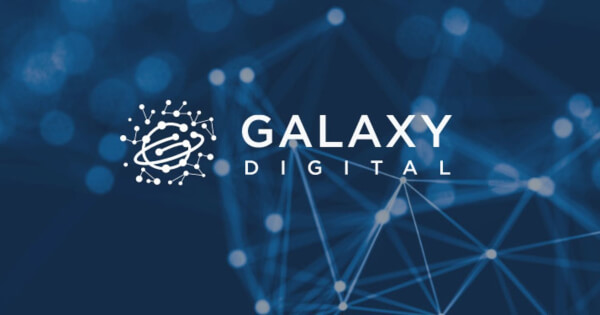Solana’s Evolution: High-Speed Blockchain Faces New Challenges in 2024
Jessie
A
Ellis
Oct
25,
2024
10:18
Solana,
known
for
its
speed
and
efficiency,
has
rebounded
from
initial
setbacks
to
secure
a
niche
in
payments
and
consumer
markets.
The
blockchain
continues
to
evolve
amidst
growing
competition.
Solana,
a
high-performance
blockchain
recognized
for
its
low
latency
and
user-centric
design,
has
made
significant
strides
since
its
inception.
Despite
early
challenges
such
as
network
outages
and
a
strong
association
with
the
now-defunct
FTX
exchange,
Solana
has
carved
out
a
niche
in
payments,
decentralized
physical
infrastructure
(DePIN),
mobile,
and
consumer
end
markets.
However,
the
blockchain
faces
increasing
competition
as
it
strives
to
maintain
its
standing
as
one
of
the
fastest
and
most
efficient
platforms,
according
to
galaxy.com.
Background
and
Innovations
Founded
by
Anatoly
Yakovenko
and
Raj
Gokal,
Solana
was
launched
to
address
scalability
issues
that
plagued
Ethereum,
focusing
on
maximizing
speed
and
information
throughput.
Its
core
principles
include
leveraging
hardware-based
scaling,
using
the
Proof-of-History
consensus
mechanism,
and
maintaining
a
monolithic
architecture
for
seamless
application
interaction.
These
attributes
have
enabled
Solana
to
achieve
fast
transaction
confirmations
and
high
throughput,
although
the
network
has
faced
challenges
such
as
spam-induced
congestion.
Technological
Developments
To
address
these
issues,
Solana
has
implemented
priority
fees,
local
fee
markets,
and
QUIC
to
enhance
communication
between
nodes.
Additionally,
Jump
Crypto
is
developing
the
Firedancer
validator
client,
which
promises
to
significantly
increase
transaction
throughput
while
reducing
hardware
requirements.
Firedancer’s
potential
to
process
over
one
million
transactions
per
second
could
reinforce
Solana’s
reputation
as
the
fastest
blockchain.
Expanding
Ecosystem
Solana’s
ecosystem
has
rebounded
following
the
FTX
collapse,
attracting
projects
across
various
sectors.
In
retail,
memecoins
and
NFTs
have
driven
user
engagement,
while
Solana
Pay
is
gaining
traction
in
the
payments
industry
with
partnerships
from
companies
like
Visa
and
PayPal.
Additionally,
the
DePIN
sector
has
seen
significant
growth,
with
projects
like
Helium
and
Render
migrating
to
Solana
due
to
its
technological
advantages.
Competitive
Landscape
Solana’s
primary
competitors
include
Ethereum
and
Layer
2
solutions,
which
offer
modular
approaches
to
blockchain
infrastructure.
Additionally,
other
high-performance
blockchains
such
as
Aptos
and
Sui
are
emerging
with
similar
speed
optimizations.
To
maintain
its
edge,
Solana
must
continue
to
innovate
and
attract
new
projects,
especially
in
the
DePIN
and
payments
sectors.
Future
Prospects
As
Solana
looks
to
the
future,
its
focus
will
be
on
expanding
payment
solutions,
enhancing
DePIN
initiatives,
and
increasing
institutional
adoption.
The
introduction
of
Token
Extensions
and
regulatory
acceptance
from
entities
like
the
New
York
State
Department
of
Financial
Services
signal
positive
momentum.
However,
Solana
must
also
address
validator
economics
and
fee
structures
to
ensure
sustainable
growth
and
profitability
for
network
participants.
Image
source:
Shutterstock

Comments are closed.